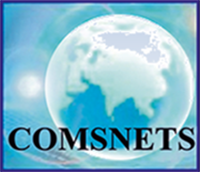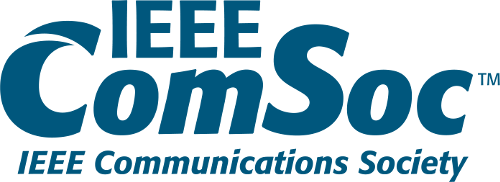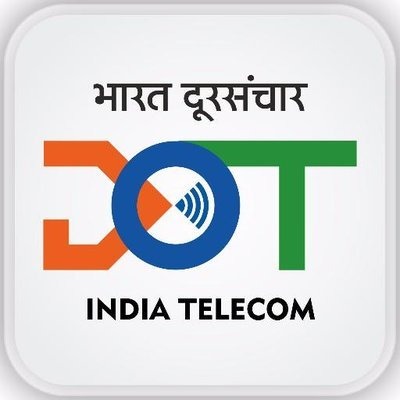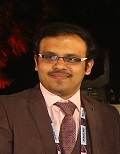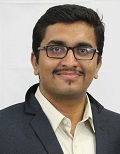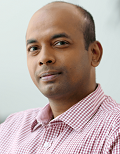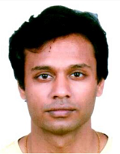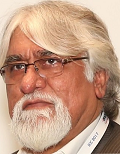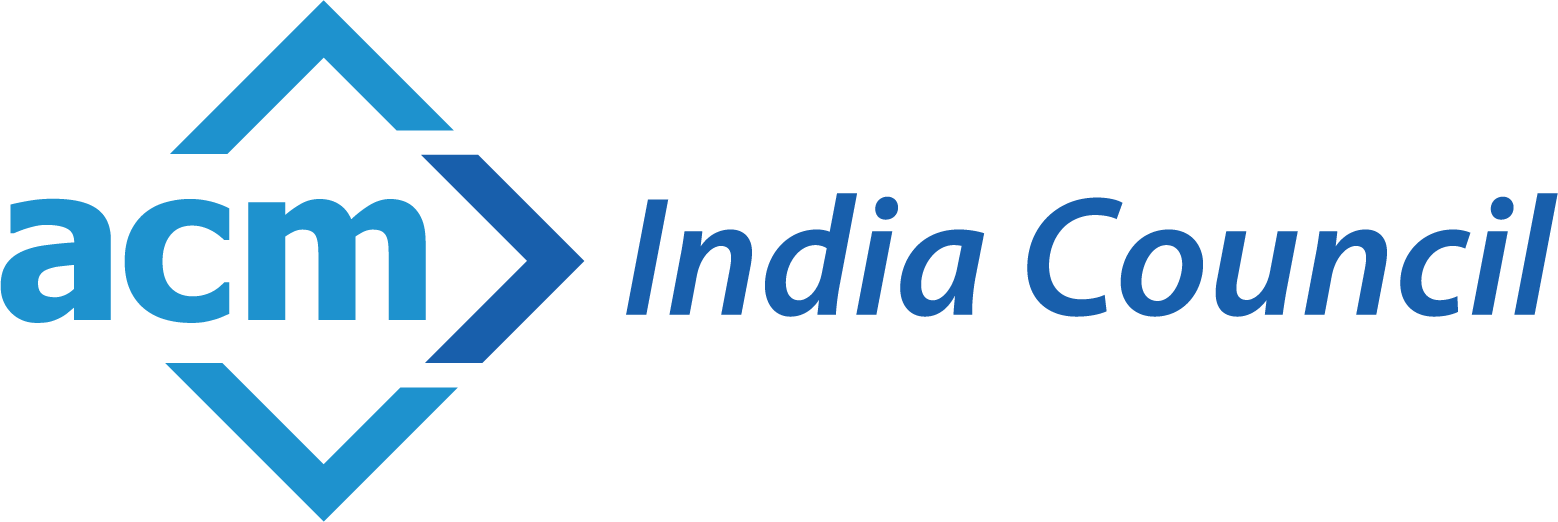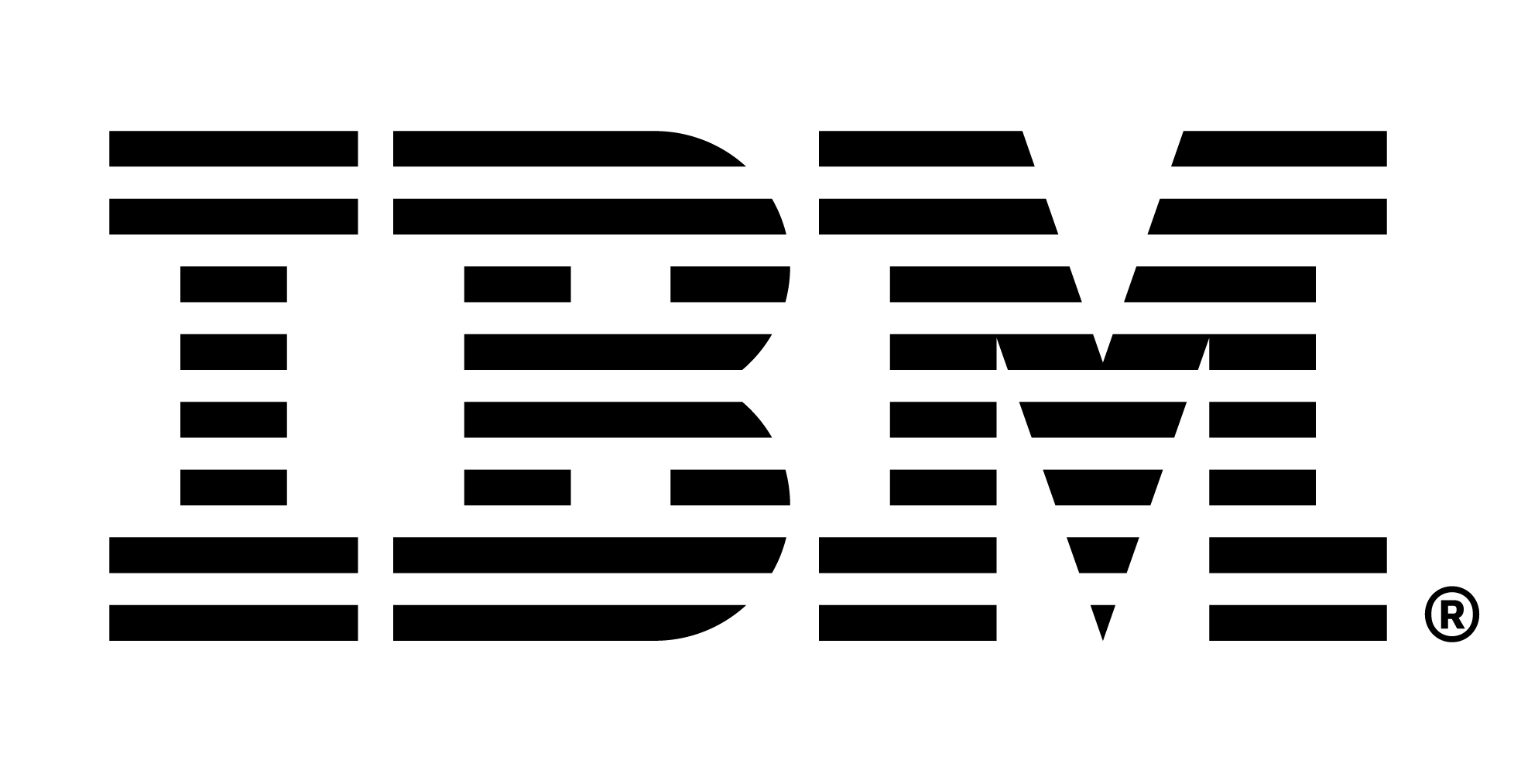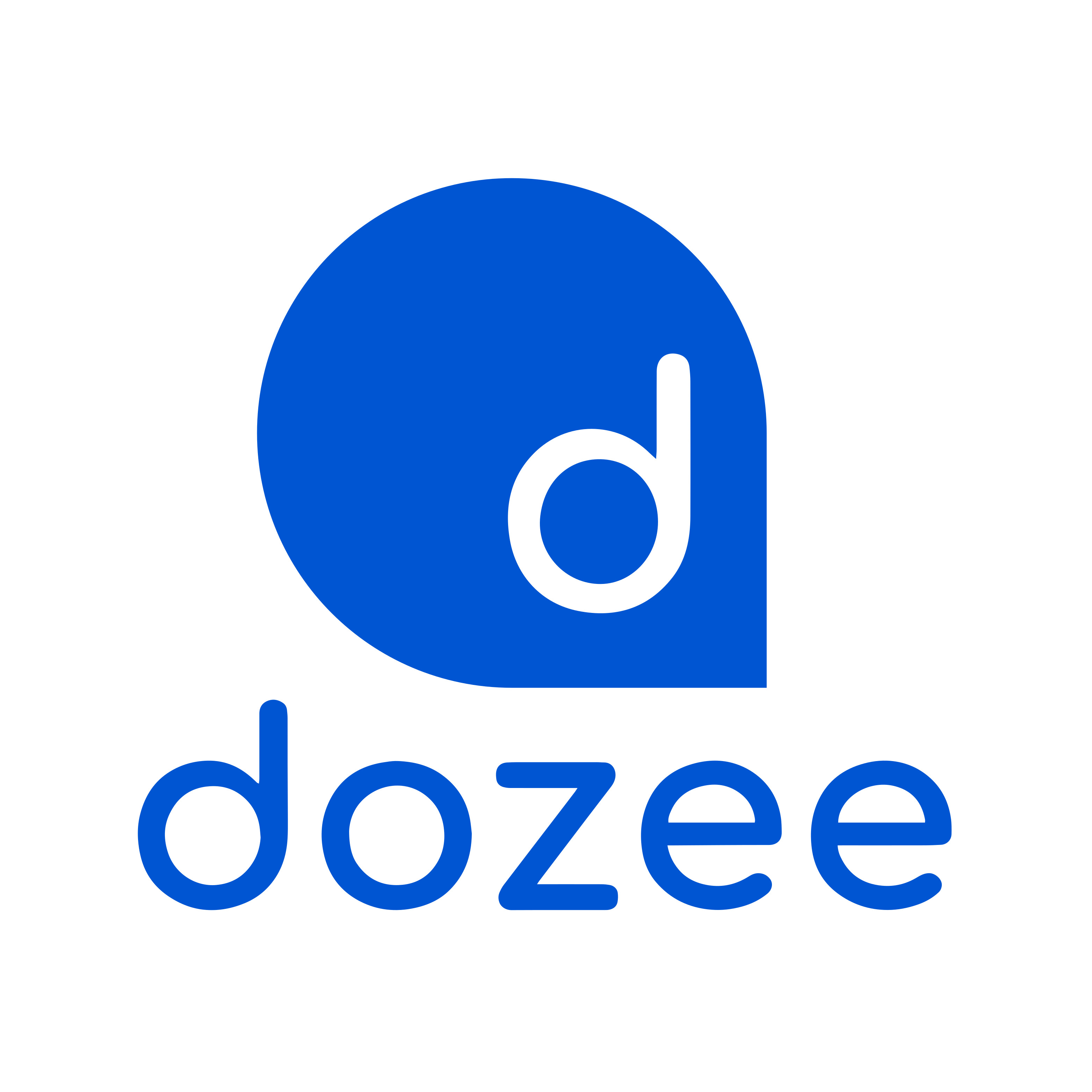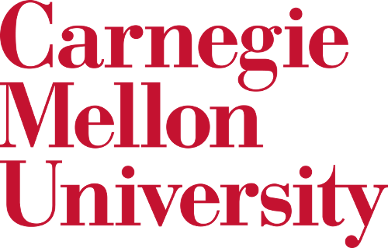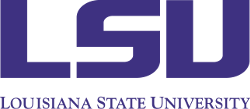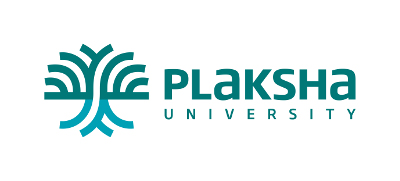Workshop on Standards-driven Research
Event Date: Sunday, 8 January 2023
Important Deadlines
| Paper Submission Deadline | |
| Notification of Acceptance | |
| Camera-ready Submission | 15th December 2022 |
| Workshop date | 8th January 2023 |
Schedule
| Sunday, 8 January 2023 | ||
| Venue: SIGMA 3 | ||
| Time | Title | Speaker/Authors |
| 10:00-10:15 | Welcome by Workshop Chairs | |
| 10.15--11 | Keynote: Reconfigurable Intelligent and Holographic Surfaces for Wireless Communications |
Dr. Marco Di Renzo |
| 11-- 11.30 | Tea break | |
| 11.30 -- 12 | Invited talk: Integrated Communication and Sensing | Dr. Vinosh James |
| 12 -- 12.20 | A 5G OpenAirInterface (OAI) Testbed with MEC: Deployment, Application testing and Slicing Support | Priyal Kirti Thakkar; Shashvat Sanadhya; Pimmy Gandotra; Brejesh Lall |
| 12.20--12.40 | Performance Evaluation of Video Streaming Applications with Target Wake Time in Wi-Fi 6 | Govind Rajendran; Rishabh Roy; Preyas Hathi; Nadeem Akhtar; Samar Agnihotri |
| 12.40 -- 13.00 | Security for oneM2M based smart city network: An OM2M implementation | Vigneswara Ihita Gangavarapu; Vybhav K Acharya; Bala Likhith Kanigolla; Sachin Chaudhari; Thierry Monteil |
| 13.00 -- 13.20 | Enhancing GSMA Operator Platform Group Standards to Enable Seamless Application Mobility in Multi-Domain Multi-Access Edge Computing Networks | Nanjangud Narendra |
| 13.20 -- 14.00 | Lunch | |
| 14.00--14.30 | Invited talk: Standardization and Research Activities in Unlicensed Spectrum | Dr. Anand |
| 14.30--14.50 | Performance Evaluation of Video Streaming Applications with Target Wake Time in Wi-Fi 6 | Govind Rajendran; Rishabh Roy; Preyas Hathi; Nadeem Akhtar; Samar Agnihotri |
| 14.50 -- 15.10 | Towards Next-generation Ultra-Wideband Technology | Aniruddh Rao Kabbinale; Ankur Bansal; Karthik Srinivasa Gopalan |
| 15.10 -- 15.40 | Invited Talk: Standards based research - 3GPP perspective | Dr. Dhivagar |
| 15.40 -- 16.00 | Tea Break | |
| 16.00 -- 16.30 | Invited talk: Research trends in mmwave antennas for 5G standardization activity- 3GPP perspective | Dr. Soumava Mukherjee |
| 16.30 -- 17.00 | Invited Talk: Unified Last Mile Communication Protocol Stack - Reference Architecture | Mr. Kishor Narang |
Speakers
Dr. Anand Baswade
IIT Bhilai, IndiaVisit Homepage
Due to increasing data demand, the telecom industry is trying to increase its spectrum by expanding it into new bands. The use of unlicensed spectrum is a promising solution provided fairness is achieved between different operators and radio access technologies. In this direction, efforts have been seen from the 3GPP standardization body. Since 3GPP Release 13, we can see the efforts in the standardization of operations in unlicensed bands. In this talk, I will discuss the evolution of standards and research activities in unlicensed bands from Release 13 where the unlicensed version of 4G LTE is introduced which is called Licensed Assisted Access (LAA) to Release 16 where the NR in unlicensed spectrum (NR-U) is introduced. Recent release extends the current NR operation to 71 GHz with the introduction of the new unlicensed band n263 (57 GHz to 71 GHz), which can open doors to new use cases and deployment. Different channel access mechanisms and challenges and opportunities to use unlicensed spectrum will be discussed in the talk.
Anand M. Baswade is an Assistant Professor in the Department of Electrical Engineering and Computer Science (EECS) at the Indian Institute of Technology Bhilai (IITBh), India. He received his Ph.D. in Computer Science and Engineering at the Indian Institute of Technology Hyderabad (IITH), India, in 2019. Before joining IITBh, he worked as a Senior Lead Engineer at Samsung R&D Institute Bangalore, India between 2019 and 2020 where he was involved in the development of 5G and beyond networking technologies. His research interests include NR-U/LAA, IEEE 802.11 WLANs, Spectrum sharing, and Non-Terrestrial Networks.
Dr. Vinosh Babu James
Director, Technical Standards,Qualcomm.
Visit Homepage
Dr. Vinosh joined Qualcomm in 2011 and has served over the years in roles spanning engineering and standardization. He currently leads Qualcomm's standardization engagements in India. He engages Indian & regional stakeholders on matters related to radio standardization and regulation. Vinosh is the convener of the 5G India Forum (5GIF), and a member of the TIG- 6G, the Indian 6G flagship program. He holds a Ph.D. in Electrical Engineering from the IIT Madras, with specialization in wireless communication. He is also a senior member of the IEEE.
Dhivagar Baskaran
Principal Research Engineer, Centre of Excellence in Wireless TechnologyVisit Homepage
I have completed my B.E from Madras Institute of Technology specializing in Electronics & Communication in 2007 and MS specializing Wireless Communication from IIT Madras in 2015. I was with CEWiT since 2005 working on RAN1 standardization and representing CEWiT internationally in 3GPP Standardization meetings since 2014. I worked with Samsung for a period of 2 years as RAN1 delegate. Currently I am working in CEWiT as Principal Research engineer, handling all RAN activities and managing a team of more than 10 RAN1 researchers. My area of expertise includes Massive MIMO, Hybrid beamforming, Link adaptation and Scheduling Algorithms.
Marco Di Renzo
CNRS Research Director (Professor) & Head, Intelligent Physical Communications Group, L2S-CentraleSupelec, Paris-Saclay University, FranceVisit Homepage
A Reconfigurable Intelligent Surface (RIS) is a planar structure that is engineered to have properties that enable the dynamic control of the electromagnetic waves. In wireless communications and networks, RISs are an emerging technology for realizing programmable and reconfigurable wireless propagation environments through nearly passive and tunable signal transformations. RIS-assisted programmable wireless environments are a multidisciplinary research endeavor. This presentation is aimed to report the latest research advances on modeling, analyzing, and optimizing RISs for wireless communications with focus on electromagnetically consistent models, analytical frameworks, and optimization algorithms. In addition, the interplay between RISs and holographic surface-based transceivers will be discussed with focus on near-field communications in line-of-sight channels.
Marco Di Renzo is a CNRS Research Director (Professor) and the Head of the Intelligent Physical Communications in the Laboratory of Signals and Systems at Paris-Saclay University - CNRS and CentraleSupelec. He serves as the Coordinator of the Communications and Networks Area of the Laboratory of Excellence DigiCosme, and as a Member of the Admission and Evaluation Committee of the Ph.D. School of Paris-Saclay University. He is a Fulbright Fellow at City University of New York, USA; a Fellow of IEEE, IET, AAIA, Vebleo; an Ordinary Member of EASA and the Academia Europaea; and a Highly Cited Researcher. He received the 2022 Michel Monpetit Prize from the French Academy of Sciences. He serves as the Editor-in-Chief of IEEE Communications Letters.
N. Kishor Narang
NARNIX TECHNOLABS PVT. LTD.Visit Homepage
Innovation and standards are always competing with each other, yet the role of standards is to enable
technologies to be successfully deployed and for their widespread use by allowing interoperability and global
harmonization of technologies.
The talk shall provide the context, imperatives and the architecture for such a communication stack, which has
already been published as a National Standard in India by Bureau of Indian Standards – IS 18010:2020.
The rapid growth in communication technologies for last more than four-five decades has provided the users
with multiple choices with their respective diversities and USPs for different applications and use cases. As a
result, stakeholders of different ecosystems have chosen different technologies and protocols to meet their
respective applications needs. In some cases, even different segmented stakeholders of a common ecosystem
have developed/adopted different, communication technologies, protocols, data semantics and standards.
The siloed way of deploying the IoT/M2M infrastructure is not desirable, and a need was felt to have a
harmonized common last-mile communication architecture approach. One of the principal constituents of the
unified last mile communication architecture is the need to connect heterogeneous devices with heterogeneous
applications while maintaining the necessary interoperability across all such devices (irrespective of the
diversity in the PHY and link-layer technologies) and offer a seamless view to the applications.
In a smart city scenario, to enable interoperability between divergent devices as well as applications while
maintaining identity and access control, it is desirable to have common last-mile communication architecture.
This is required to ensure seamless sharing of data with ensured security and privacy.
Kishor is Technology Advisor, Mentor, Design Strategist & Architect in Electrical, Electronics & ICT with over 45 years of professional experience in education, research, design and consulting running an Independent Design House – NARNIX since 1981. Over 30years of hardcore Research and Design Development Experience in Solutions, Systems, Products, Hardware, Software & Firmware (Embedded Software) across diverse technology & application domains, and over 10 years of Consultancy Experience to different segments of business & industry. He has over 250 Research & Design Mentees in the Electronics, ICT & STI Ecosystems. Currently, mentoring many Deep Tech & Disruptive Tech Startups.
For the last 10 years, he has been deeply involved in standardization in the electrical, electronics, communications, information technology and cyber security domains with a focus on identifying gaps in standards to bring harmonization through standardized interfaces to ensure end-to-end Interoperability. With focus on ubiquity & comprehensive interoperability in Digital Infrastructures, he has been pursuing applied research in last Mile Communication and 5G Communication Architectures developing some unique approaches resulting in National & Global Standards. Proactively contributing in IEC, ISO, ITU, IEEE & BIS along with various industry consortia.
Accepted Papers
- A 5G OpenAirInterface (OAI) Testbed with MEC: Deployment, Application testing and Slicing Support
Priyal Kirti Thakkar; Shashvat Sanadhya; Pimmy Gandotra; Brejesh Lall - Enhancing GSMA Operator Platform Group Standards to Enable Seamless Application Mobility in Multi-Domain Multi-Access Edge Computing Networks
Nanjangud Narendra - Performance Evaluation of Video Streaming Applications with Target Wake Time in Wi-Fi 6
Govind Rajendran; Rishabh Roy; Preyas Hathi; Nadeem Akhtar; Samar Agnihotri - Security for oneM2M based smart city network: An OM2M implementation
Vigneswara Ihita Gangavarapu; Vybhav K Acharya; Bala Likhith Kanigolla; Sachin Chaudhari; Thierry Monteil - Towards Next-generation Ultra-Wideband Technology
Aniruddh Rao Kabbinale; Ankur Bansal; Karthik Srinivasa Gopalan
Background
Standards are technical specifications that are required for any technology to be successfully deployed and for its widespread use as standards allow interoperability and global harmonization of technologies. Standards enable multiple players to design their own products while adhering to the broad definitions of how products should behave.
The standardization process involves several years of deep research and technical discussions among various parties to ensure a technically sound description is defined as a specification. It is important that research in institutes and organizations are put to practical use especially when new generation of technology standards are evolving as is the case with 6G wireless technologies and some efforts to develop standards for wide spread use of AI. Institutions across the world are now motivating researchers to focus on innovations that can be practiced and converted into end products. It is also very critical for wider participation from across geographic entities towards global standards effort as this leads to better globally harmonized standards and a fair IPR spread.
With the emergence of AI and concerns around cyber security, regulatory bodies across the globe are now drafting frameworks whereby manufacturers are obliged to provide conformity requirements on accuracy, robustness, and cybersecurity. Regulatory bodies are insisting on operationalizing some of the mandatory requirements across areas such as AI, cyber security through harmonised technical standards in order to bring about conformity, reduce cost and reduce uncertainty. The goal of this workshop is to foster a better understanding of the advantages that standards can bring about in different areas such as AI, Communications, Cloud interoperability etc. It also lays emphasis on the role of evaluation methodologies and models used in the standardization process, that becomes the framework to compare performance across different proposals and how it can be leveraged by researchers while investigating new techniques and algorithms.
Rationale
There is a continuous effort put into the evolution of networks and systems to remain in pace with the need. Every few years, there are transformative research happening in these fields, which find their way into commercial systems in a few years further. A continuous effort is also necessary for the development of internationally harmonized standards development, so that such innovation become useful. International Standards mean that consumers can have confidence that their products are safe, reliable and of good quality. Regulators and governments count on standards bodies like the ISO, ITU, 3GPP, IEEE, ETSI, etc. to help develop better regulation, knowing they have a sound basis thanks to the involvement of globally established experts.
There are many contradictory views about importance of standards in research and innovation. Research & innovation motivates standardization, and standardization of solutions require further research & innovation, thereby keeping this vicious cycle active. The purpose of this workshop is to bring together innovative minds researching in networking and communication systems to connect and exchange ideas on topics that involve standardized solutions.
Topics of interest include, but are not strictly limited to:
- Machine learning and artificial intelligence for 6G
- Standards to enable Federated Learning for decentralized Machine Learning and knowledge exchange.
- 6th Generation wireless Standards, what should 6G networks look like
- Openness for Radio Access Network design for 6G
- New network architectures for 6G such as composable networks etc
- Next generation standards for cyber security and cyber physical systems.
- Evaluation methodologies and models for validating new use cases
Submission Guidelines
- Standards-driven Research workshop invites submission of original work not previously published, or under review at another conference or journal.
- Submissions (including title, author list, abstract, all figures, tables, and references) must be no greater than 6 pages in length.
- Reviews will be single-blind: authors names and affiliations should be included in the submission.
- Submissions must follow the formatting guidelines as given on IEEE Website; and those that do not meet the size and formatting requirements will not be reviewed.
- All papers must be in Adobe Portable Document Format (PDF) and submitted through the SDR Workshop submission site on EDAS.
- All workshop papers will appear in conference proceedings and submitted to IEEE Xplore
Paper submission link: https://edas.info/newPaper.php?c=29768
Program Committee:
- Sachin Chaudhari, International Institute of Information Technology
- Sendil Kumar Devar, Ericsson
- Vireshwar Kumar, Indian Institute of Technology Delhi
- Mukulika Maity, IIIT Delhi
- Rajavelsamy R, Samsung India Software Operations Pvt Ltd
- Punit Rathod, Qualcomm
- Samar Shailendra, Intel Corporation
- Thazhathe Veetil Sreejith, IIT Bhillai
- Gaurav Varshney, IIT Jammu
Workshop Co-Chairs
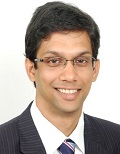
Radha Krishna Ganti
IIT Madras, India
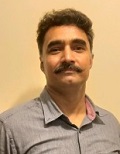
Satish Jamadagni
RIL Jio, India
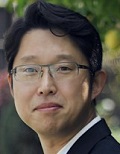
Jeongho Jeon
Samsung, USA
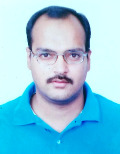
Arzad Alam Kherani
IIT Bhilai, India
